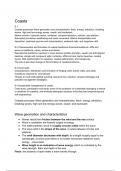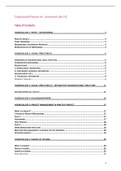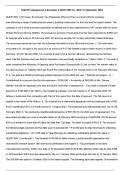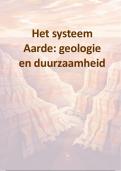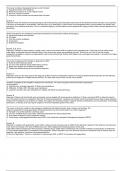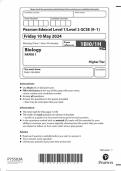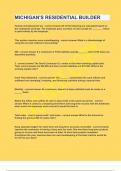Samenvatting
Summary Coastal environments - Advanced Physical Geography CIE A-Level 9696
- Vak
- Instelling
CIE Geography (9696), This summary covers Coastal Environments, which is chapter 8 in the A-Level Advanced Physical Geography A-Level syllabus. The topics covered in the summary: Wave generation and characteristics Breaking waves, Constructive waves, Destructive waves Wave refraction Coastal er...
[Meer zien]
